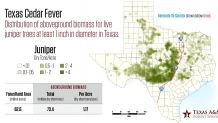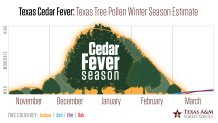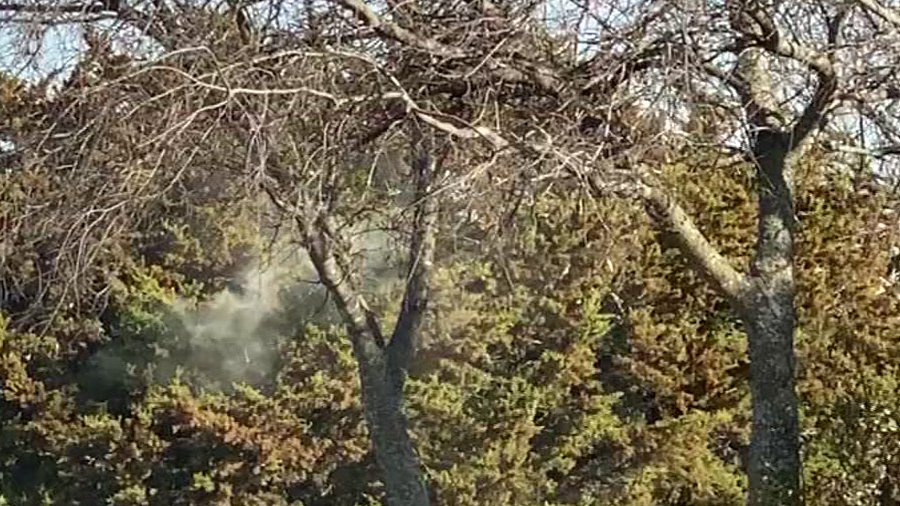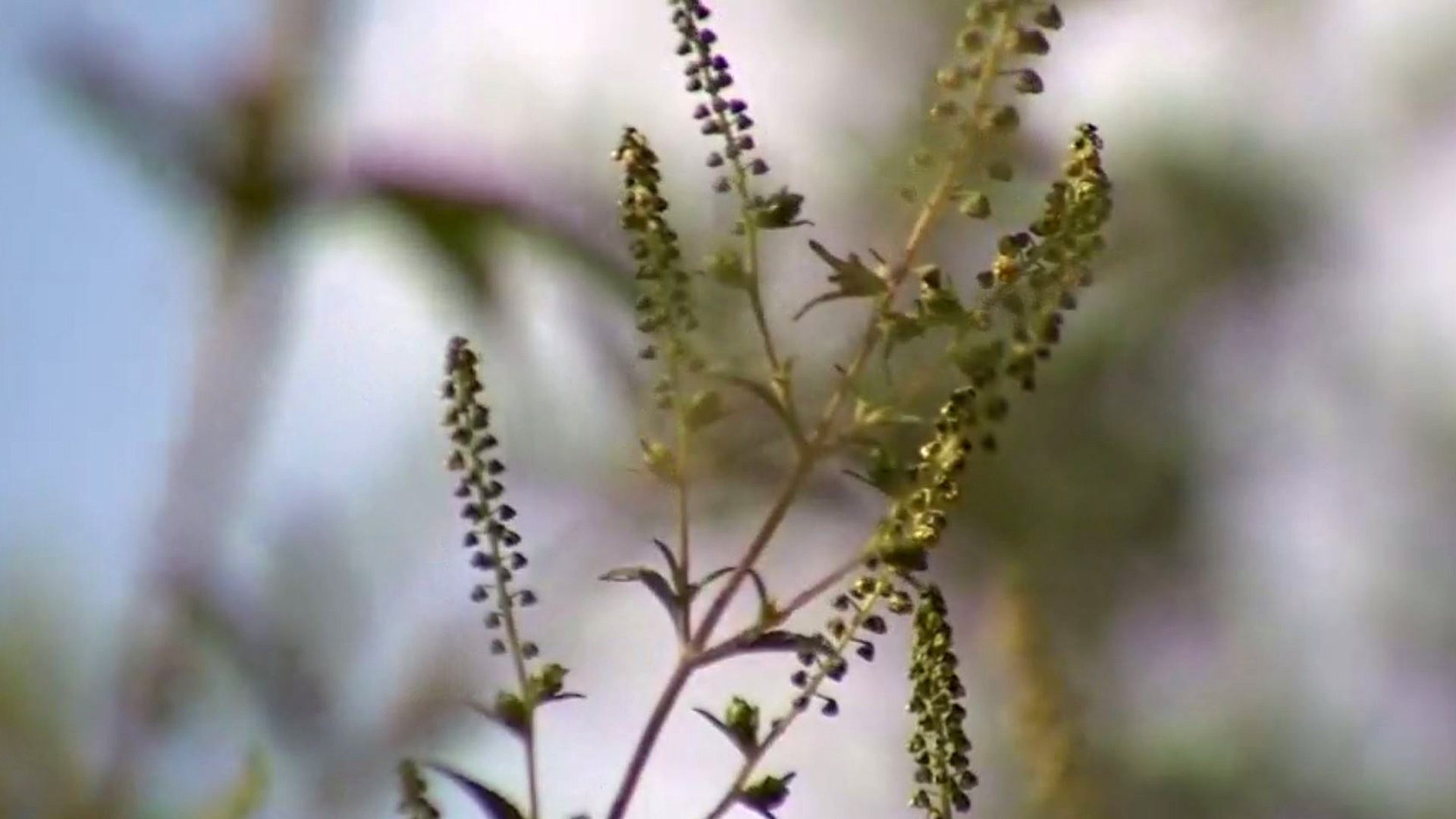It's that time of year again: Watery eyes, runny nose, and lots and lots of sneezing. Allergy sufferers know "cedar fever" well.
The culprit? Cedar pollen.
Specifically, it's mountain cedar, which is also known as juniper. Mountain cedar season runs from late December to February. So, unfortunately, it's just getting started.
Symptoms of cedar fever include sneezing, itchy, watery eyes, runny nose, sore throat and fatigue as well as aches and pains.
Get DFW local news, weather forecasts and entertainment stories to your inbox. Sign up for NBC DFW newsletters.
WHAT HELPS CEDAR FEVER SYMPTOMS?
If you deal with "cedar fever," here are a few things that will help alleviate your suffering.
- A strong north wind (to push the pollen back south)
- Rain (to help settle the airborne pollen)
- Staying indoors and changing your air filters.
Over-the-counter antihistamines, nasal decongestants and nasal sprays can also help.
WHAT CAUSES CEDAR FEVER?
These trees typically begin producing pollen in mid-December, often triggered by colder weather or the passage of a Texas cold front.
A map published by Texas A&M Forest Service shows where juniper trees are most prevalent. The highest concentration is to the southwest of the Dallas-Fort Worth area west of the Interstate 35 Corridor.

“Cedar fever is the worst west of I-35, where you have primarily juniper mixed in with oaks and some other species,” said Jonathan Motsinger, Texas A&M Forest Service Central Texas Operations Department Head. “And because all of those junipers are producing pollen at the same time, you’re going to get a higher concentration of pollen in the air.”
The Forest Service says pollen from Ashe junipers isn't particularly allergenic or harmful. It's just so concentrated that even those who don't typically suffer from allergies can still be affected.
“There are millions of junipers out there all releasing pollen at the same time,” said Karl Flocke, a woodland ecologist for Texas A&M Forest Service.“You can’t help but breathe it in, and when you do, your body reacts as it would to any perceived threat - it tries to fight it.”
WHEN DOES CEDAR FEDER SEASON END?
Pollen production reaches its peak in mid-January, before slowly tapering off toward the beginning of March, just in time for oak pollen and other spring allergens to start up.




